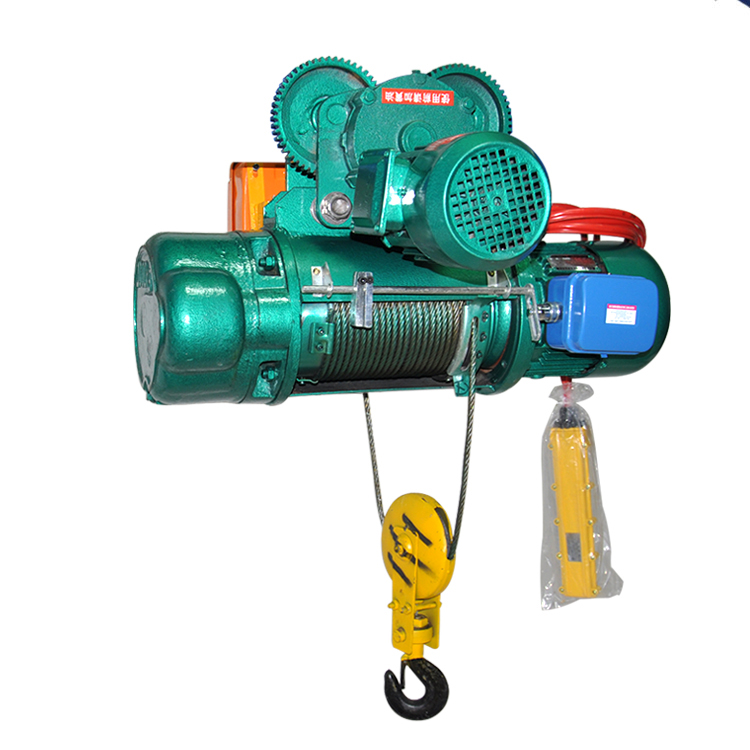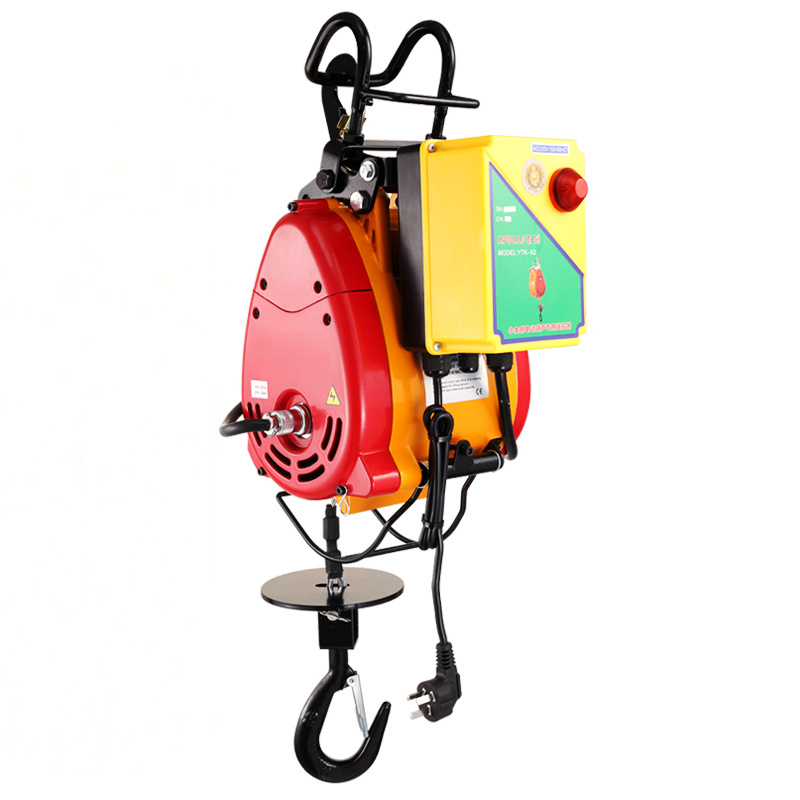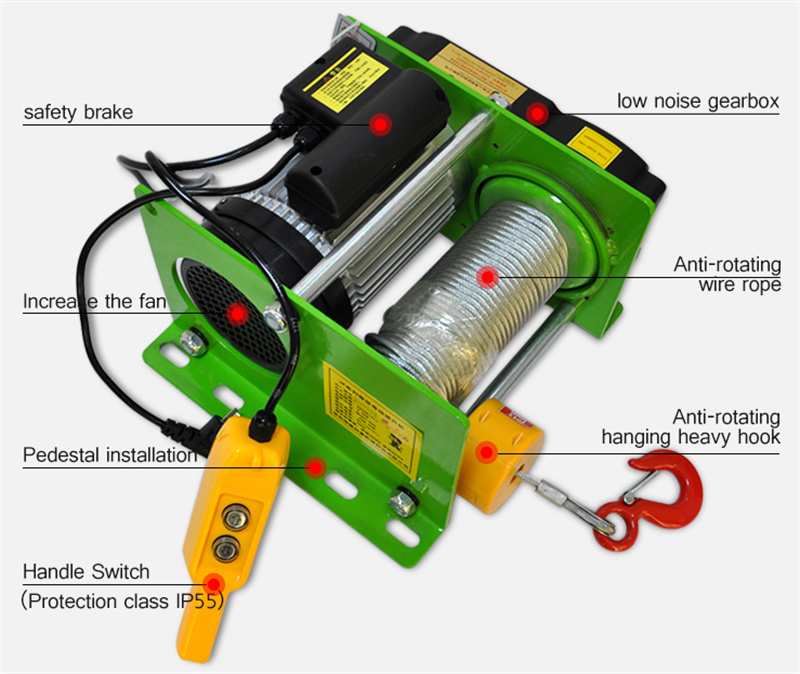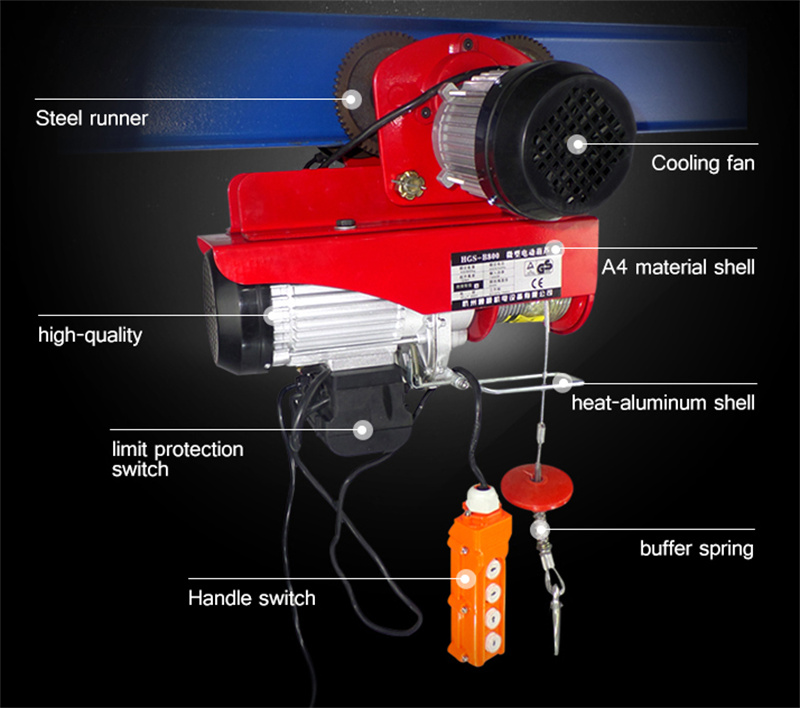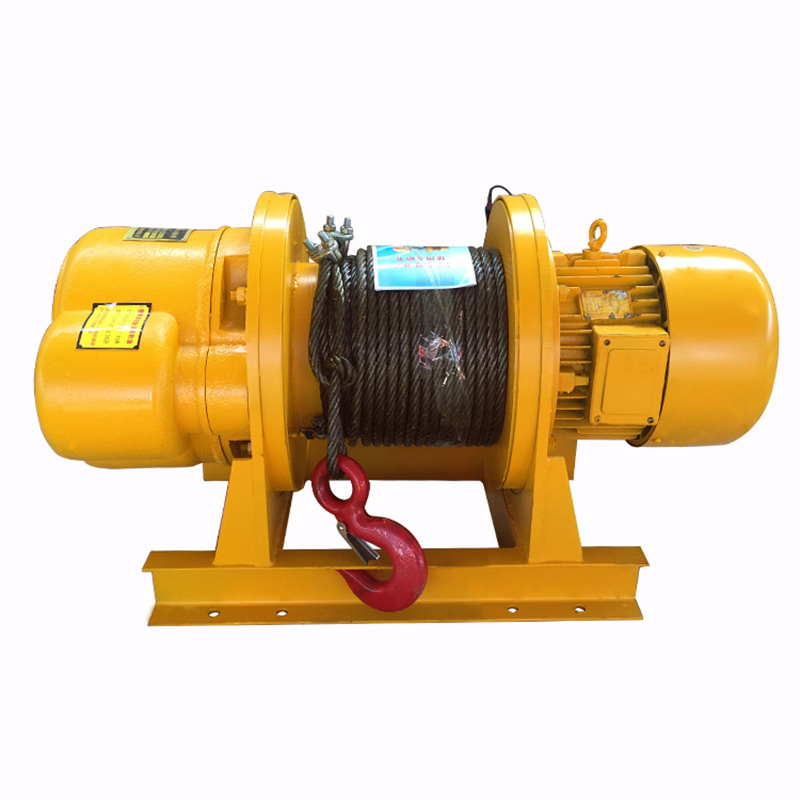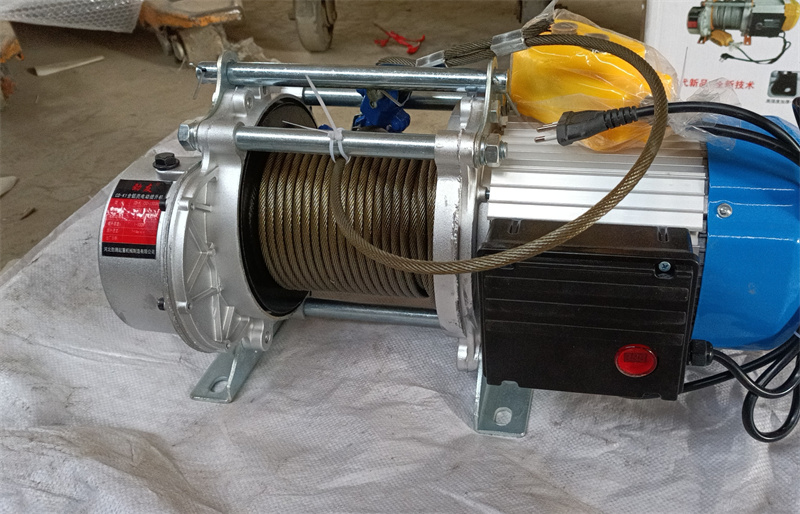Operating electric hoists involves adherence to specific safety regulations and guidelines to ensure the safety of personnel and equipment. Here are key safety regulations for operating electric hoists:
1. Compliance with Standards
OSHA Regulations: The Occupational Safety and Health Administration (OSHA) provides guidelines for the safe operation of hoisting equipment. Employers must comply with these regulations.
ANSI/ASME Standards: The American National Standards Institute (ANSI) and the American Society of Mechanical Engineers (ASME) set standards for hoisting equipment, including performance, maintenance, and safety.
2. Operator Training
Qualified Operators: Only trained and qualified personnel should operate electric hoists. Training should cover equipment operation, safety protocols, and emergency procedures.
Certification: Operators may need certification demonstrating their understanding of safe hoist operation.
3. Pre-Operation Inspections
Daily Checks: Operators should perform daily inspections before use to check for any abnormalities, such as frayed cables, malfunctioning controls, or damaged hooks.
Maintenance Logs: Keeping detailed maintenance logs helps in tracking inspections, repairs, and any recurring issues.
4. Load Limits
Adhering to Rated Capacity: Operators must never exceed the hoist’s rated load capacity. Overloading can cause equipment failure and pose serious safety risks.
Consider Load Dynamics: Operators should consider the load’s center of gravity and ensure it is balanced before lifting.
5. Safe Lifting Practices
Clear Work Area: Ensure the area below the lifting path is clear of personnel and obstacles.
Use of Proper Rigging: Only use appropriate rigging equipment and techniques to secure loads safely.
Never Allow Personnel Under Suspended Loads: Employees should remain clear of any loads being lifted.
6. Emergency Protocols
Emergency Stop Mechanisms: Operators should be familiar with emergency stop procedures and know how to activate them.
Emergency Action Plan: Develop and communicate an emergency action plan for potential incidents, including power failures or equipment malfunctions.
7. Environmental Considerations
Weather Conditions: Operators should avoid using electric hoists in adverse weather conditions, such as high winds or rain, which can affect stability and visibility.
Proper Grounding: Ensure that the hoist is properly grounded to prevent electrical hazards.
8. Regular Maintenance and Inspections
Scheduled Maintenance: Follow manufacturer recommendations for regular maintenance and inspections to ensure the hoist operates safely and efficiently.
Professional Inspections: Engage qualified professionals for periodic thorough inspections of the hoist and associated equipment.
9. Electrical Safety
Electrical Components: Ensure that all electrical components are in good condition, properly insulated, and free from damage.
Avoiding Overheating: Monitor the hoist for signs of overheating and ensure that it is not used continuously beyond its duty cycle.
10. Documentation and Record Keeping
Safety Manuals: Maintain and make accessible safety manuals and operating procedures for reference.
Incident Reporting: Document and investigate any incidents or near misses to prevent future occurrences.
Following these safety regulations helps mitigate risks associated with operating electric hoists and promotes a safe working environment.
Post time: May-08-2025





